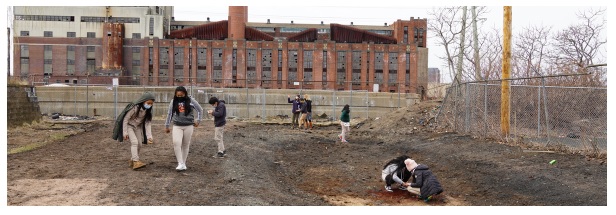Connecticut Green Energy News
Number 288, Sept. 16, 2022
News and events for advocates of clean energy, energy efficiency, and climate action at the state and local levels, focusing on Connecticut. Brought to you by People’s Action for Clean Energy (PACE) and Eastern CT Green Action (ECGA). To subscribe, email [email protected].
Connecticut wins $52 million in federal backing for electric vehicle build-out along state’s highways
Hartford Courant: Connecticut has won federal approval, and $52 million over five years, to build out electric vehicle chargers across the state. Funding is part of $900 million authorized by the sprawling federal Infrastructure Law signed last year by President Joe Biden to install 500,000 chargers at regular intervals across 53,000 miles of U.S. highways. In Connecticut, 10 locations are planned for at least four public fast chargers with a minimum power level of 150 kilowatts per port along the interstate system. The state Department of Transportation expects…to partner with the private sector that owns or operates electric vehicle charging network sites.
Why electricity prices are rising unevenly across New England
Connecticut Public: You may have noticed that your most recent electric bill is higher than usual — and if that change hasn’t happened yet, it’s probably coming this fall. These price spikes are occurring across New England, but bills are rising more in some places than others. Some ratepayers in New Hampshire saw the price of electricity double this summer, resulting in bills up to $70 higher, while many in Massachusetts are only paying an extra $11 per month. If it seems unfair, blame the energy markets. And if it’s confusing because everyone in New England shares an electricity grid, well, read on…The primary reason for the spike is our reliance on fossil fuels. Specifically, natural gas…This year’s price fluctuations have exposed the volatility of fossil fuels, but many experts say things could be different in the future as we “electrify everything” and source more of our power from renewables.
Boston moves to ban fossil fuels in new construction
GBH: The Boston City Council Wednesday voted to sign up for the state’s new pilot program banning fossil fuels from most new construction except labs and hospitals. The move is the first step in a process that could ultimately make New England’s largest city part of an innovative experiment — that is controversial in some quarters — designed to help mitigate climate change.

